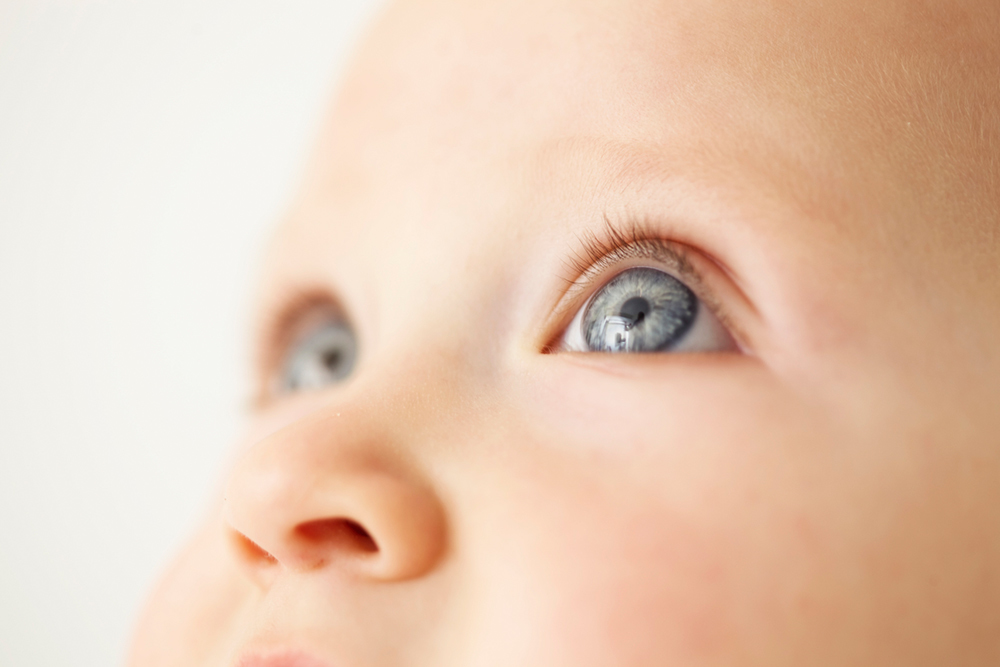
Remember the infamous dress that was hotly debated as being either white and gold or blue and black? Well, if your baby could talk, you'd likely be having similar arguments about everything you and she see, because babies' brains and adults' brains interpret images in very different ways. According to an article in Scientific American, while adults have developed perceptual constancy, babies younger than five months old have not.
What is perceptual constancy? It's what allows you to recognize an object as being the same in different environments, and under very different lighting conditions. It's like a cloud moving momentarily over the sun and casting a shadow across a friend's face. The lighting has changed the look of your friend's face, but you still recognize him as your friend.
We aren't born with perceptual constancy, however. First, we see all the differences, and then later we learn to ignore them so we can recognize the same object as unchanging in many different scenarios. When perceptual constancy comes into play, we lose the ability to see multiple contradictions that are highly noticeable to young babies. So, in a way, babies can see things that are invisible to adults' eyes.
Scientists studied 42 babies, ages three to eight months, who looked at pairs of images rendered from real 3D objects. Because infants cannot describe what they see, the team measured how long the babies looked at each image. If the baby spent less time looking at the second image than the first, it indicated that she thought she had just seen the same image and didn't need to look at it for very long. But if the baby looked at the second image for an equal amount of time, it indicated that she found both images equally interesting, a sign that the second image was as "new" to her as the first.
The data revealed that three- to four-month-old babies have a "striking ability" to discriminate image differences due to changes in illumination, but they lose this skill at around five months of age. During the first year of life, infants also lose the ability to recognize differences in monkey faces that are hardly detectable to adult humans, as well as the ability to distinguish speech sounds in languages other than those spoken by their own families.
"The loss of sensitivity to variant information that we all experienced as babies created an unbreachable gap between us and the physical world," writes Susana Martinez-Conde for Scientific American. "At the same time, it served to tune our perception to our environment, allowing us to navigate it efficiently and successfully … even if it left a large portion of reality forever outside our reach."
Hollee Actman Becker is a freelance writer, blogger, and a mom. Check out her website holleeactmanbecker.com for more, and follow her on Twitter at @holleewoodworld.
